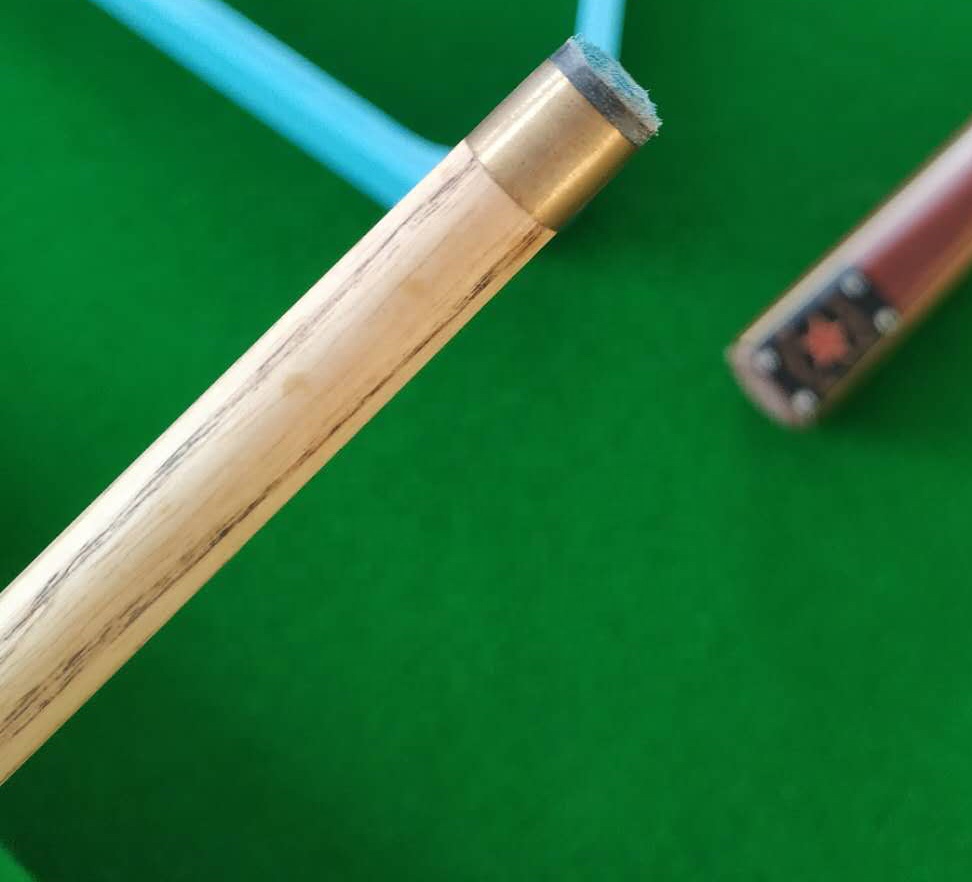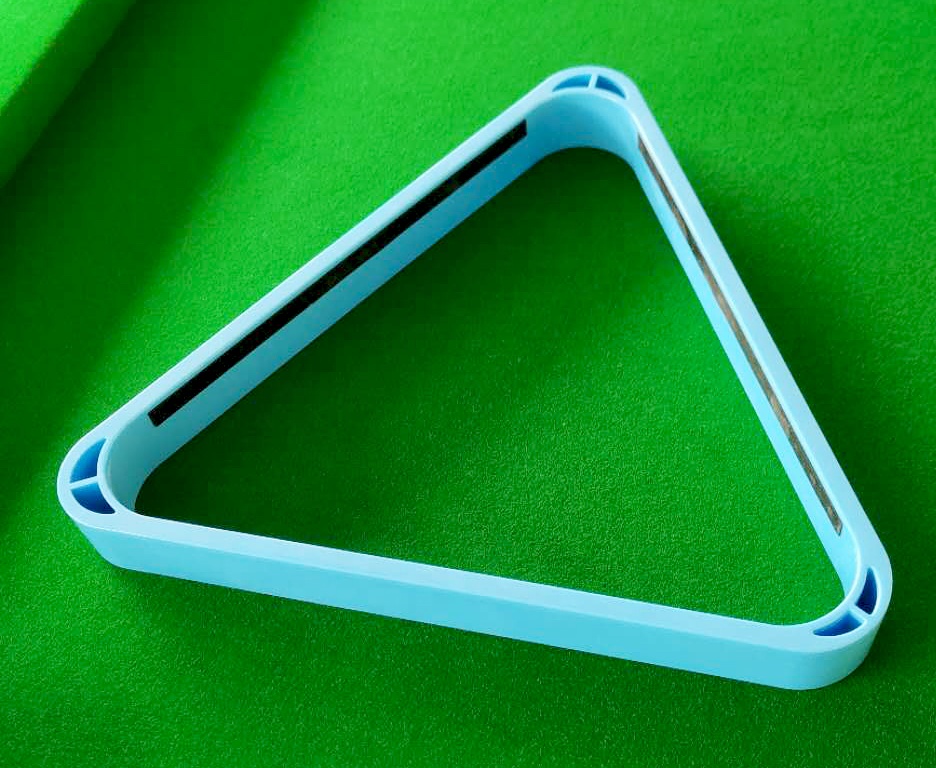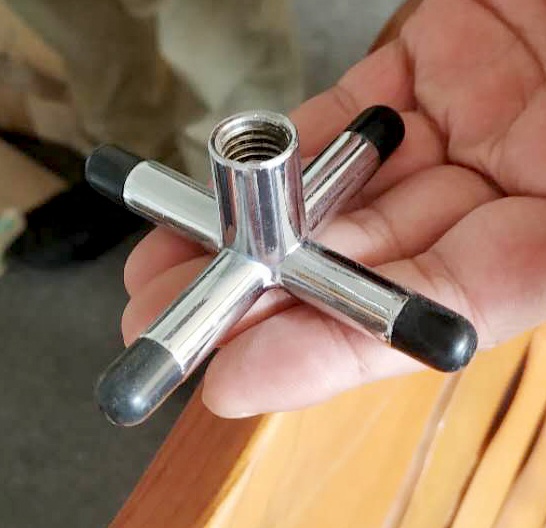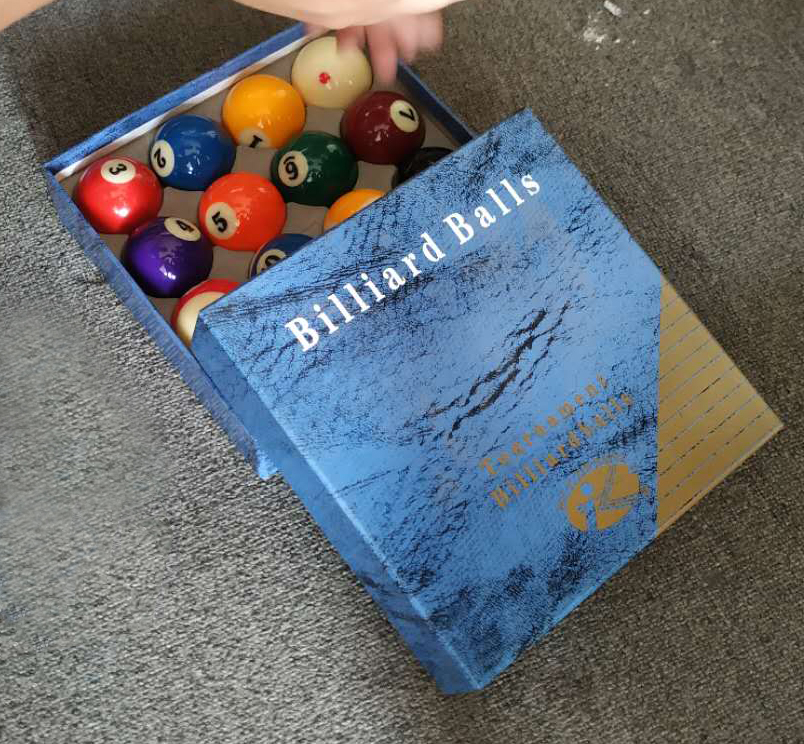A snooker pool table is a type of billiards table that is used for playing the game of snooker. It is larger than a standard pool table, measuring 12 feet by 6 feet, and has a different layout and set of rules.
The snooker pool table has six pockets, one at each corner and one in the middle of each long side. The table is covered with a smooth cloth, typically made of wool, that allows the balls to roll smoothly.
The balls used in snooker are smaller and have different colors compared to pool balls. There are 15 red balls, each worth one point, and six colored balls: yellow (2 points), green (3 points), brown (4 points), blue (5 points), pink (6 points), and black (7 points). The objective of the game is to score more points than your opponent by potting balls into the pockets and accumulating the highest possible break.
Snooker is a highly strategic and technical game, requiring precise ball control and planning. The larger size of the snooker pool table adds to the challenge, as players must navigate the longer distances between balls and pockets.
In professional snooker tournaments, the snooker pool table is the standard playing surface. However, it is less common in recreational settings and is often found in dedicated snooker halls or clubs.
Laijian's main products include Solid Wood Snooker Pool Table/Indoor Sports Pool Table Games/Indoor Sports Surfaces/gym equipment/fitness equipment/strength equipment
What is the difference between pool and snooker?
Pool and snooker are both cue sports that are played on a table with balls and cues, but there are several key differences between the two:
1. Table Size: The size of the table is the most noticeable difference between pool and snooker. Pool tables are typically smaller, with a standard size of 7 feet, 8 feet, or 9 feet. Snooker tables, on the other hand, are much larger, with a standard size of 12 feet.
2. Number of Balls: Pool is played with 16 balls, including one cue ball and 15 object balls. The object balls are divided into two groups: solids (numbered 1-7) and stripes (numbered 9-15). Snooker is played with 21 balls, including one cue ball and 15 red balls, which are worth 1 point each, and six colored balls (yellow, green, brown, blue, pink, and black), which have different point values.
3. Point System: In pool, players aim to pocket their designated group of balls (solids or stripes) and then sink the 8-ball to win the game. Each ball has a point value of 1. In snooker, players aim to pocket the red balls first, earning one point for each red ball pocketed. After all the red balls are pocketed, the player must then pocket the colored balls in a specific order, with each colored ball having a different point value (yellow: 2 points, green: 3 points, brown: 4 points, blue: 5 points, pink: 6 points, black: 7 points).
4. Cue Size: The cues used in pool and snooker also differ in size. Pool cues are typically shorter and heavier, while snooker cues are longer and lighter.
5. Skill Level: Snooker is generally considered more challenging and requires more advanced skills than pool. The larger table size, the complex point system, and the need for precise positioning make snooker a game that demands greater finesse and strategic thinking.
Overall, while both pool and snooker are enjoyable cue sports, they differ in terms of table size, number of balls, point system, cue size, and skill level required.







